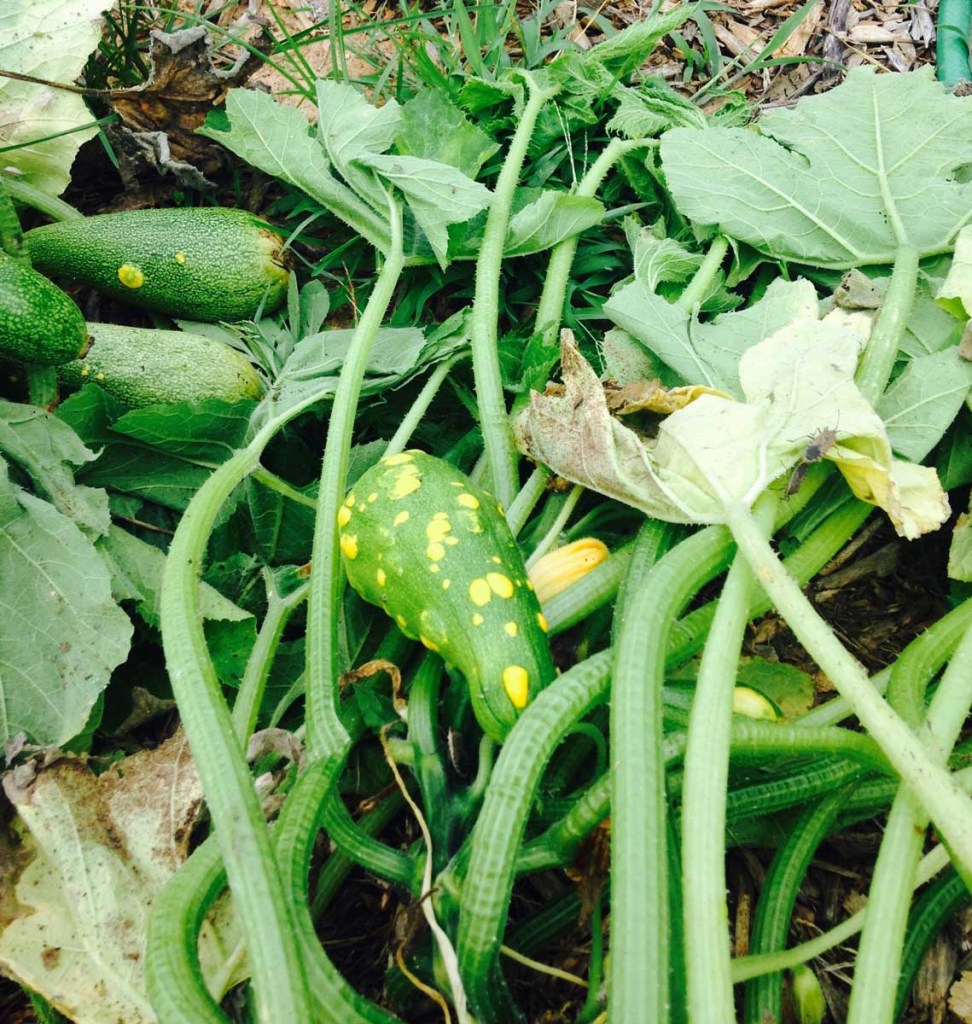What’s Wrong with My Squash?
Published 1:11 pm Monday, July 22, 2019

- Squash being affected by viruses can be spotted, warty and have an irregular shape. Photo submitted
Recently, a home vegetable gardener who was perplexed with her latest squash harvest contacted me. Until recently, she had been dining on beautiful, light-yellow, straight-neck squash and then something happened. This beautiful fruit morphed into an ugly duckling of the squash world. What could cause this undesirable transformation? These unattractive squash are the symptoms of a common problem for members of this plant family – a virus.
The two most common viruses to affect cucurbits (cucumbers, squash, melons) are Cucumber mosaic virus (CMV) and Watermelon mosaic virus (WMV). These viruses are transmitted by various insects. Infections result in stunted, discolored plants. The leaves may even have a mottled appearance or fade to a light-green color. The fruits can be spotted, warty and have an irregular shape. While extremely unattractive, the fruit is perfectly safe to eat. In many cases, the discoloration is only skin deep. However, if the fruit is severely distorted, the texture may render the fruit undesirable for eating.
Now that you know what it is, what can you do about it once the virus has struck? Unfortunately, not a lot. There are no chemicals available to control or kill the virus once your plant has been infected. Using an insecticide to control the insects that transmit the virus may help to a small degree, but can be quite difficult. The plants are infected immediately after the insect feeds, and as the insect moves from plant to plant, so does the virus.
There are a few steps that gardeners can take to try and prevent infection. First, always plant resistant varieties. There are several varieties of cucurbits that are resistant (not immune) to these viruses. Choose seeds that are listed as CMV and/or WMV resistant such as Prelude II or Conqueror III (squash) and Tigress (zucchini). Plan before you plant!
Second, be sure your plants are happy and healthy! A stressed plant, whether from lack of moisture or inadequate soil fertility, is always more susceptible to insect and disease pressure. A third step is to always be on the lookout for changes. If you notice a plant or fruit that looks odd, try to determine the cause sooner rather than later. Early detection is critical to success in controlling the issue and preventing further infection by isolating the sickened plant.
If your plant shows symptoms similar to those mentioned above, pull the entire plant and discard away from the garden. To help prevent future infections, never leave a diseased plant on the perimeter of the garden or throw in the compost pile. Clean your gardening tools and gloves before handling healthy plants. Also, be sure to keep the area free of any weeds that can harbor insects. Finally, rotate your crops. Crop rotation is a great way to control many common garden diseases. Never plant members of the same plant family in the same area season after season, year after year.
If you have found yourself in the same boat as my gardening friend, all is not lost. You still have time to plant another round of squash and enjoy this Southern favorite before the summer comes to a close.
For more information about this topic or other horticulture-related topics, please contact Regional Extension Agent, Bethany O’Rear, by calling the St. Clair County Extension Office at 205-338-9416 or her directly at 205-612-9524.


